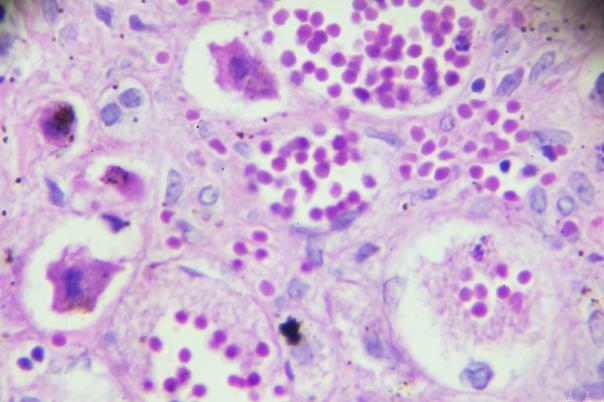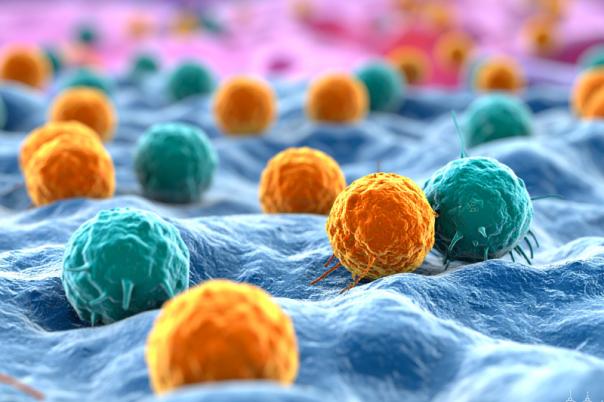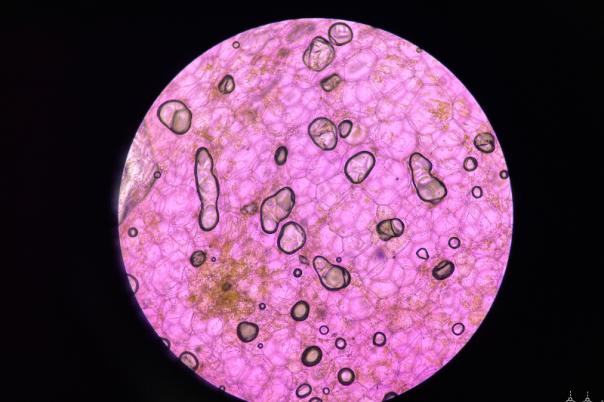Alzheimer’s disease is the most common form of dementia, affecting over 50 million people worldwide. It displays a highly complex disease aetiology and as a result has limited viable therapeutic options available. When compared to a healthy human brain, the brains of Alzheimer’s patients exhibit a global loss of volume and overall neurodegeneration. Microscopically, the pathological hallmarks of the disease include extracellular amyloid beta plaques and Tau aggregates called neurofibrillary tangles within neurons.
Joshua Harvey’s group at the University of Exeter study Alzheimer’s using mouse models. This presentation outlines their work using Tg4510 mice which overexpress the MAPT gene which is linked to the formation of neurofibrillary tangles. Harvey highlighted a 2020 study from Isabel Castanho’s group which used transcriptomic analysis to look at gene expression changes in Tg4510 mice over time. This found thousands of genes that were differentially expressed in the transgenic mice over the wild type throughout the study.
Following on from this, Harvey’s group wanted to investigate the neuronal specific gene expression signatures in the early stages of Tau pathology development. Using FFPE tissue collected from the wild type and transgenic mice, they focused on a four-month timepoint which is when they begin to develop Tau pathology. They then used the NanoString GeoMx system to RNA profile the tissue samples.
In the CA1 region of the hippocampus, the team identified 208 significant differentially expressed genes between the wild type and transgenic group. This analysis revealed both upregulated and downregulated genes relevant to Alzheimer’s pathology. These genes showed evidence of neuronal enrichment, especially in comparison to prior bulk RNA seq analysis.
One of these genes stood out to the researchers: Gfap, as this gene is unexpected in a neuronal context normally being a core marker of astrocytes. Furthermore, the team also singled out ephrin receptor targets for potential disease modification and biomarker viability. The team are now investigating the translatability of these genes to a human disease context.





